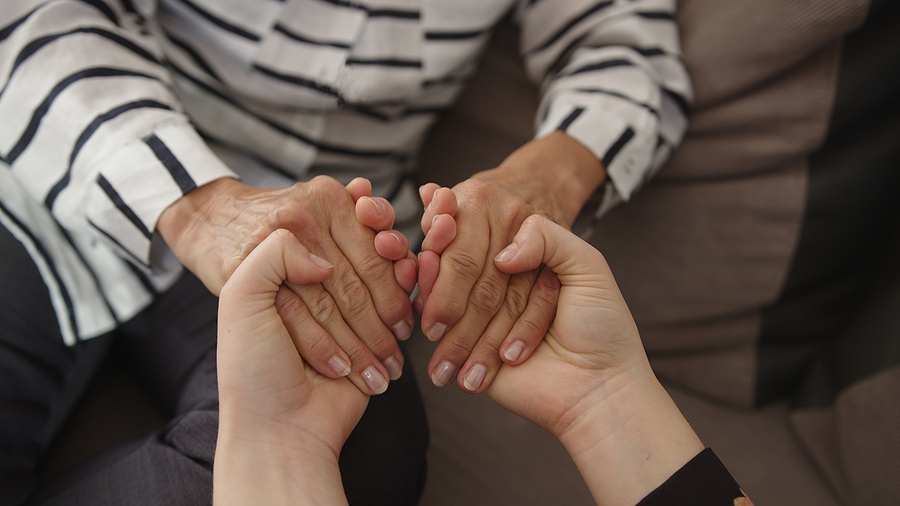I’ve been talking about change for the last few weeks because when January rolls around, many people (myself included) like to think about how they can make the upcoming year a little better than the previous year.
And when I reflect on what I want to do for the upcoming year – and how I’m going to do it – I’m engaging in the third stage of change: Preparation.
Preparing for Change
In Prochaska DiClemente‘s Stages of Change model, the Preparation stage is where you start planning and preparing for what it is you are going to change in yourself.
Whether it’s cutting back on alcohol or drug use, reducing time spent on your phone, exercising more often, or spending more time with your kids, achieving any degree of change is primarily a result of your ability to prepare and plan.
In his book, Atomic Habits, James Clear summarizes a study from Great Britain where researchers examined the exercise habits of 248 undergraduate students.
In Group 1, the control group, students were asked to track how often they exercised.
In Group 2, students were asked to track their exercise behavior and were also given information on the benefits of exercise (e.g., how it can improve heart health and prevent coronary disease).
In Group 3, participants received the same information as those in Group 2, but they also had to complete another task: they had to schedule the date and time when they would exercise. Specifically, participants had to fill out the following sentence:
“During the next week, I will partake in at least 20 minutes of vigorous exercise on [DAY] at [TIME] in [PLACE].”
The results were remarkable. In Groups 1 and 2, only 35% to 38% of participants exercised at least once per week. But in Group 3, 91% of participants exercised at least once per week.
The results of their study prove that when you are desirous of changing a particular behavior, having the intention and motivation to change is not enough. You also need to plan and prepare for the changes you wish to make.
Applying this to Your Life
Taking this into account, here are a few suggestions:
- If you are looking to stop or reduce a particular behavior (e.g., alcohol use, smoking, cutting back on unhealthy foods), plan and prepare for how you are going to handle your cravings. What will you do, or who can you call, when tempted? Planning how you will handle these situations will increase your likelihood of success.
- If you are looking to increase the frequency of a behavior (e.g., exercise, reading, meditation), plan and prepare for when you’re going to do these activities, what you will be doing, and where you will be doing them.
- What are the tools or materials you will need to be successful? For example, you might need to lay out your exercise clothes the night before you plan on exercising. Or, you might need to learn some relaxation and breathing techniques to help calm you down when you’re struggling with difficult emotions. Think of an activity that can distract you during those difficult situations and moments.
When you have a clear image in your head of the changes you wish to make, and the steps you need to take to achieve them, then you are moving towards change, growth, and a balanced lifestyle.
That’s what this week’s video is all about.
Richard

